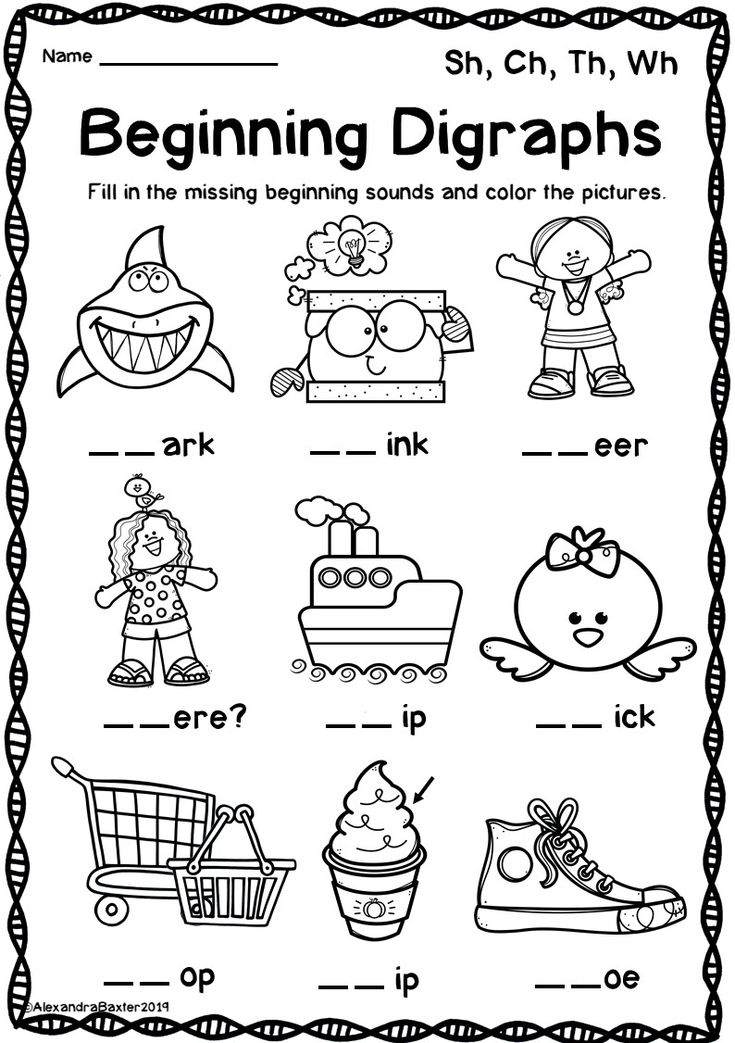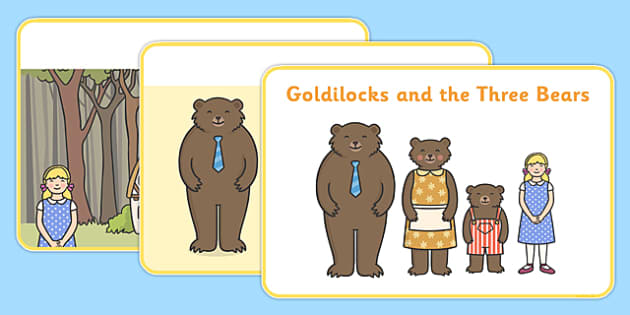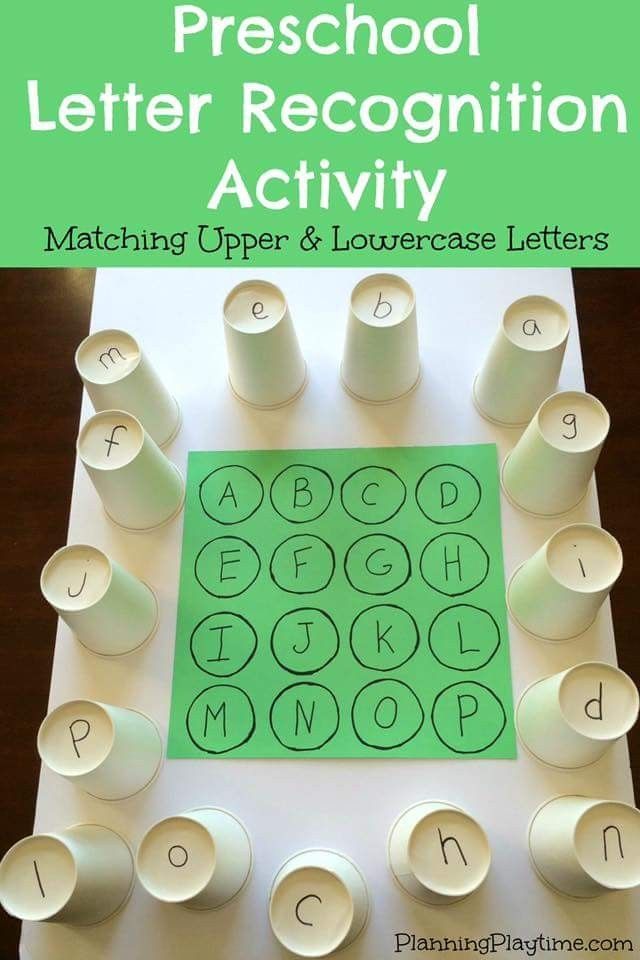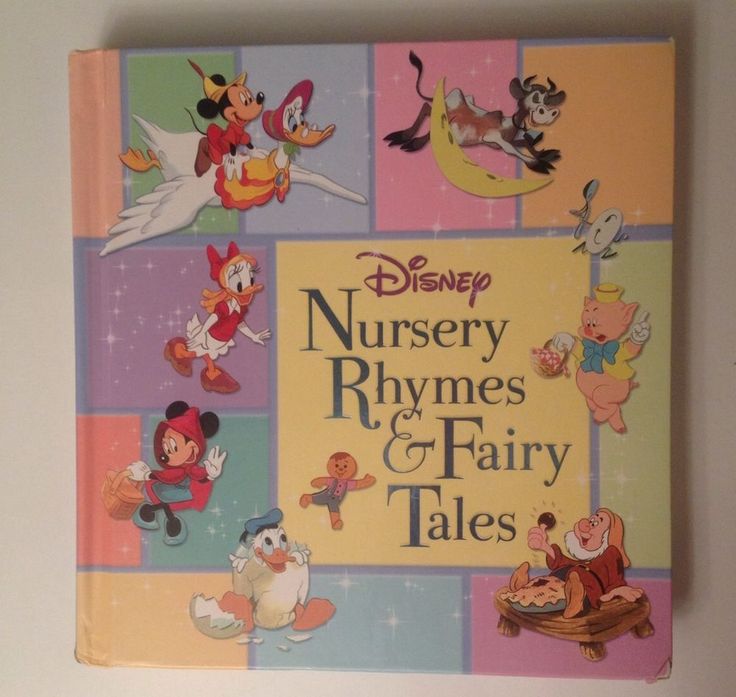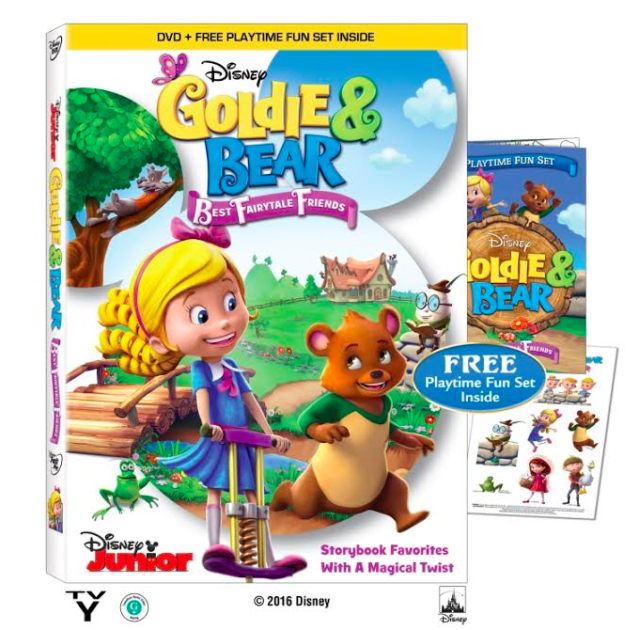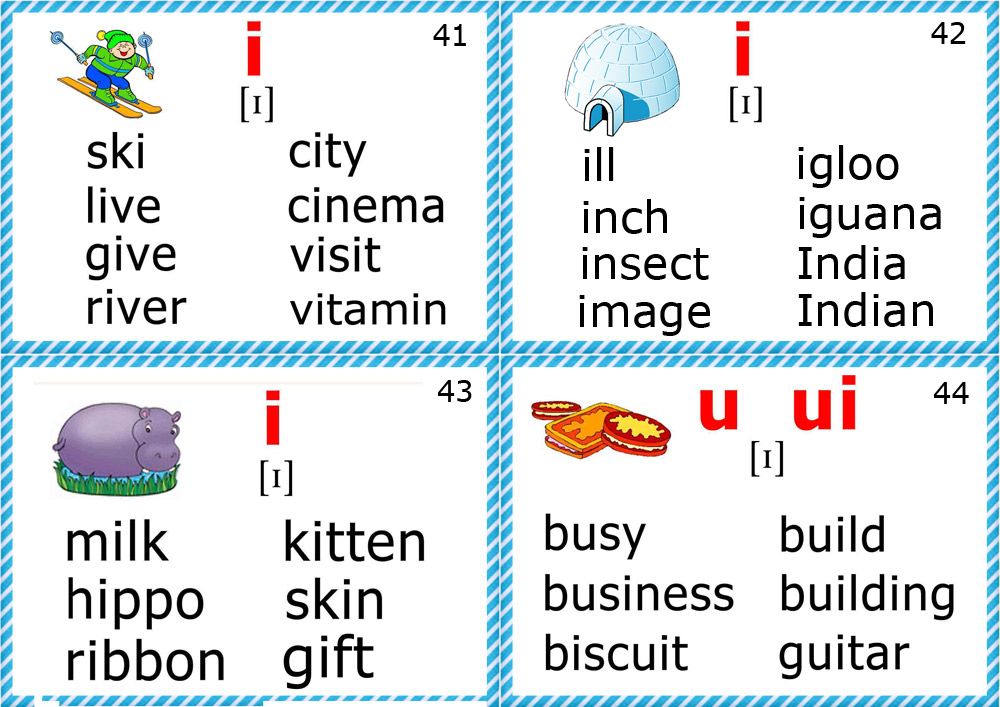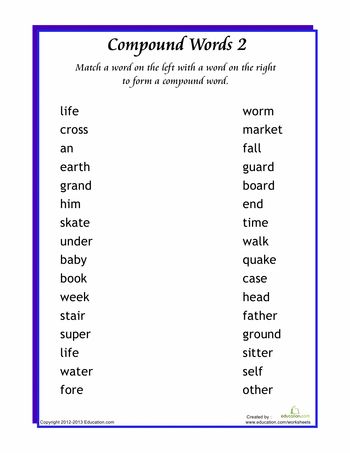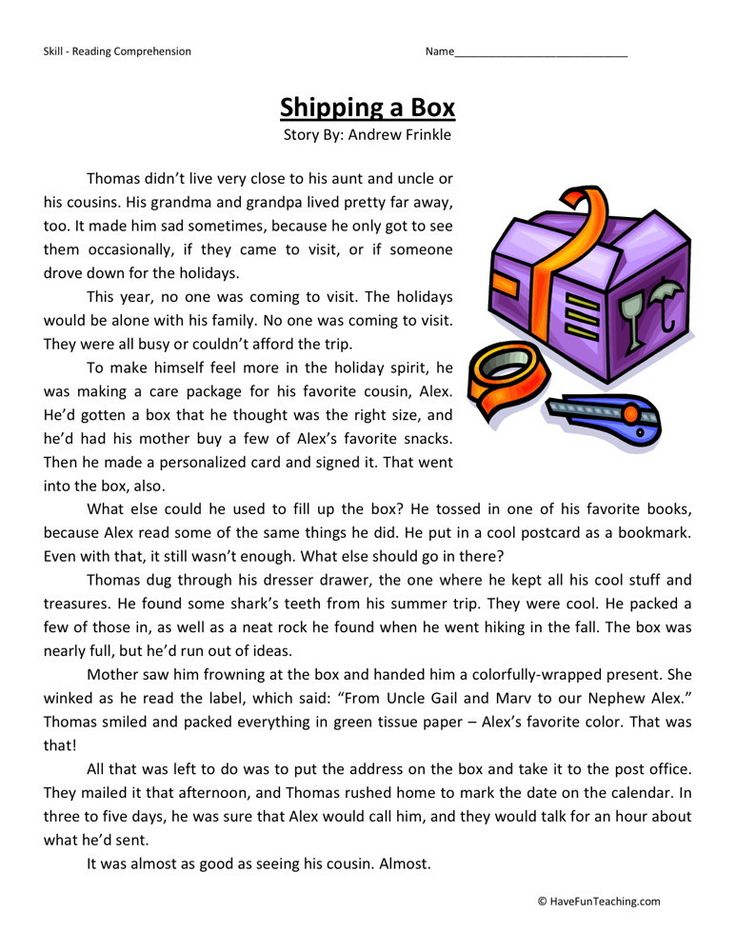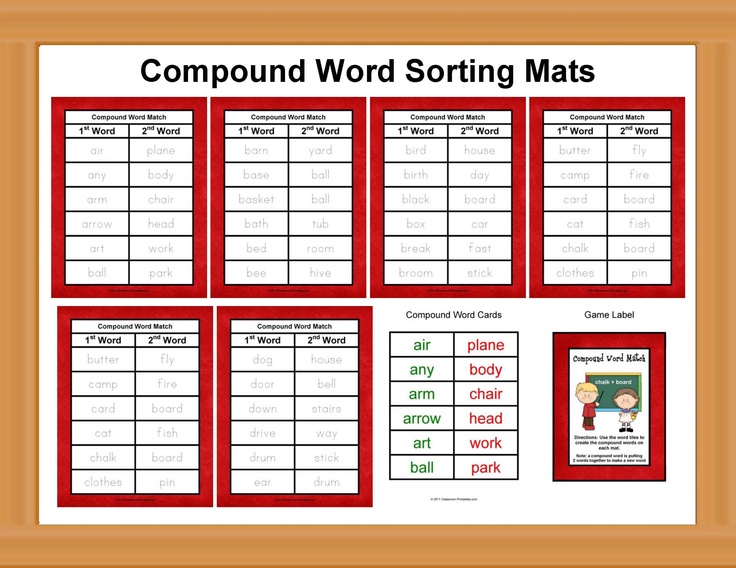How to practice spelling words at home
45 Ways to Practice Spelling Words
This post may contain affiliate links. Read the full disclosure for more information.
Looking to add some fun to your homeschool day?
Spelling is the perfect chance to do that. With the boring routines of math, social studies and science pushed aside, you can add some jazz to the words on your spelling list, making it more fun for the whole family.
Long gone are the days of writing your spelling words 10 times each, with your boring notebook and pencil. We don’t have to be boring, so why should we? Swap that Number 2 pencil for a squirt gun and practice your spelling words in style.
Adding some fun hands-on activities to practice spelling words will make your little ones look forward to spelling time.
Q-tip Painting:
Use a cotton swab and paint to write your spelling words. Bonus points: you likely already have the supplies on-hand.
Salt Writing:
Dump a large container of salt into a small lidded container and use your finger to practice your words. Older kids will enjoy this same activity using chopsticks instead of their finger.
Play-doh:
Whether you choose to roll your Play-doh into a snake and spell out your words or roll it flat and carve them into it, this fun activity will be a hit with kids of all ages. For some extra fun, see who can come up with the most creative way to use Play-Doh to practice spelling words.
Shaving Cream:
Squirt some shaving cream onto a cookie sheet and allow your child to scribe their words. Add some fun with a squirt of food coloring. Use your finger or give them some “tools,” like a spoon or dry spaghetti.
Candy Writing:
Use Skittles, M&Ms, Smarties, Twizzler Pull’n’Peels or other candy to write your words. The built-in treat encourages the kids to finish quickly so they can eat their words. For healthier options, use carrots, celery or grapes to form words.
Paper chain spelling:
Cut strips of construction paper and add one letter to each strip. Mix up the letters and have your child find the letter he needs. Staple the lettered strips together to make a paper chain.
Mix up the letters and have your child find the letter he needs. Staple the lettered strips together to make a paper chain.
Hopscotch Spelling:
Instead of using numbers on your hopscotch board, write words. The kids must spell the word on the spot before moving on.
Team Spelling:
Work together to spell your words. This fun way of spelling will be sure to keep you laughing, too! Once you’ve mastered your list, try Team Gnilleps. We learned this fun game while playing Cranium. Each person says the next letter of a word, starting from the END! It’s much harder than you’d think!
Backwards Spelling:
Also known as Gnilleps, this hilarious spell-out-loud game is the perfect way to practice the words that come easy to the child.
Chalk:
Using sidewalk chalk is always fun for kids, so get outside and soak up some sunshine while working on spelling.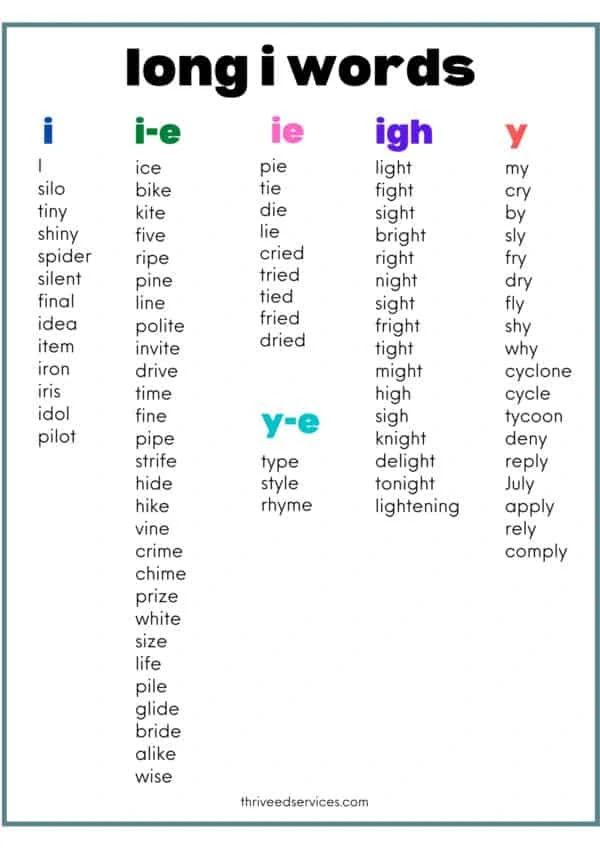 Once you’re done with your chalk words, kids can trace the letters again by spraying them with the water hose!
Once you’re done with your chalk words, kids can trace the letters again by spraying them with the water hose!
Window Writing:
Use markers (NOT Sharpies) to write on the glass panes of your windows. The kiddos will experience a subtle reminder every time they look outside and when it’s time for a new list, they’ll gladly clean your windows for you! 😀
Bathtub Writing:
Practice spelling during bath time and the kids will be having too much fun to grumble. By sneaking spelling practice in during an unexpected time, the kids probably won’t even notice. We like to switch between bath tub crayons and paint.
Feather Painting:
Use the tip of a feather to paint your words on a large sheet of paper. Older kids may enjoy using their feather as a quill pen while younger kids will get a kick out of swiping it through a pile of paint.
Rock Paint:
Begin by collecting 26 small, flat rocks. After giving them a thorough wash, allow your child to paint each rock with one letter. Decorate them however they choose. The brighter, the better. Use these rocks to spell out each spelling word. You will likely need more than one of each letter. You’ll certainly need multiple vowels. Once your collection is complete, you’ll have a learning tool that’ll stand the test of time.
After giving them a thorough wash, allow your child to paint each rock with one letter. Decorate them however they choose. The brighter, the better. Use these rocks to spell out each spelling word. You will likely need more than one of each letter. You’ll certainly need multiple vowels. Once your collection is complete, you’ll have a learning tool that’ll stand the test of time.
Clothespin Spelling:
Write each letter on a small piece of paper. Encourage your kids to use a clothespin to pick up the letters they need to form a word. Not only will this make spelling more fun, but will also help build their fine motor skills.
Magnets:
Pick up a set of alphabet magnets and allow the kids to practice their spelling lists on the refrigerator! It’s also fun to leave little mesages to each other using these cheap and fun letters.
Scrabble/BananaGrams:Bananagrams is a favorite at our house, so we love grabbing the handy bag of letters and using them during spelling practice.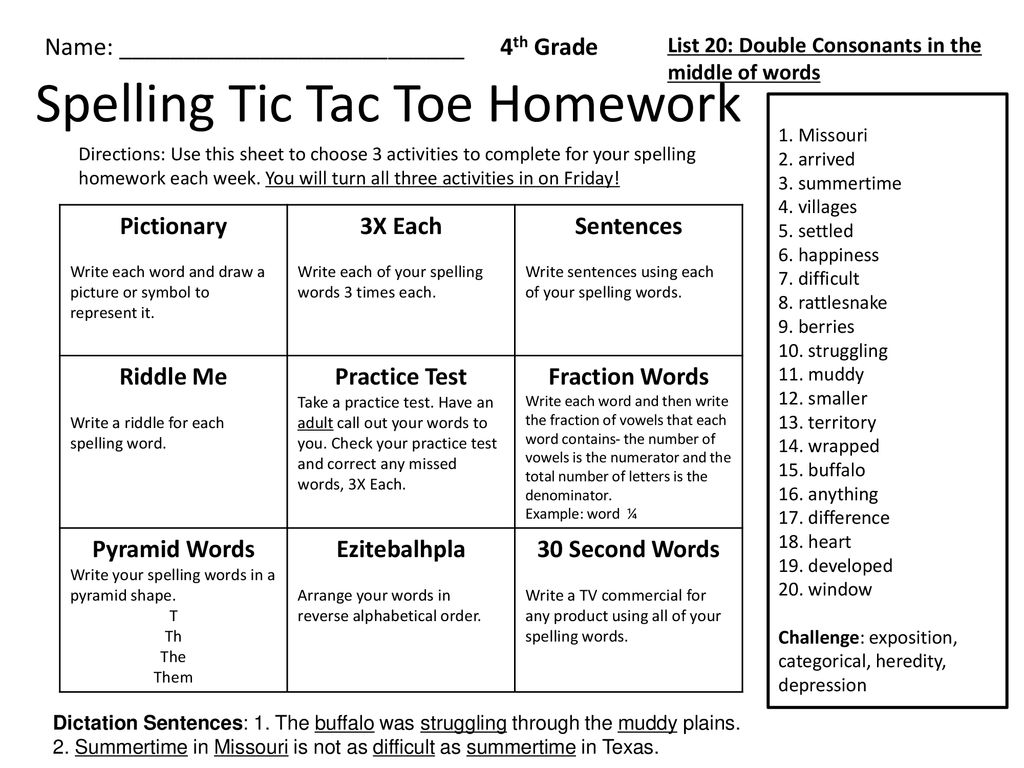 Stack the letters in a tower and allow the kids to guess what the spelling word is, using the top tile (and last letter of the word) as their only clue!
Stack the letters in a tower and allow the kids to guess what the spelling word is, using the top tile (and last letter of the word) as their only clue!
Type ‘Em:
Kids love to type and spelling words are the perfect practice for them. Open your computer’s word processor and let them get to work.
Add “Sum” Fun:
Have the kids write their spelling words and assign 10 points to each consonant and 5 points to each vowel. Add the sum of each word and find the word with the highest amount of points.
Magic Spelling:
Have the kids write their spelling words on white paper with white crayons. Then color over the words with bright water colors and watch your words appear!
Stamp It Out:
Pick up a set of letter stamps and an inkpad. Allow the kids to stamp their words, instead of writing them.
Beads:Use lettered beads to spell out your entire list.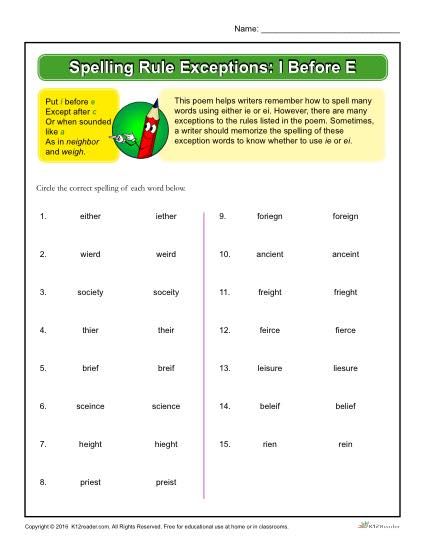 (Beads are a choking hazard, so please be careful when allowing younger children to use these.)
(Beads are a choking hazard, so please be careful when allowing younger children to use these.)
Bendaroos-
These bendable sticks are so much fun for kids to use. The best part is that you can reuse them time and time again.
Pipe Cleaners:
For younger kids, you can write their words on paper and allow them to “trace” them with pipe cleaners. They can bend and shape the pipe cleaners as needed to form each word.
Fancy Fonts:Allow your kids to use bubble letters, cursive and other fun fonts to write their words. It’s easy to learn how to write in creative fonts using books. Plus, you can count it as an art lesson, too!
Draw It:
Draw a picture and “hide” the spelling words in the picture. Add the word “tree” in the trunk of the tree on your photo. The word “car” could be hidden in the wheel of your child’s drawn car.
Space Trace:
Use your finger to write the words in the air. Simple, easy, cheap and can be done in the car!
Simple, easy, cheap and can be done in the car!
Baggie Painting:
Add some paint to a baggie and seal well. (We like to add duct tape to the opening, to make sure it doesn’t accidentally come open.) Use a Q-Tip to trace your words onto the outside of the baggie. When you run out of room for words, simple mix the paints together and start again.
Textured Spelling:
Bring texture to spelling time by writing your words with yarn, rope or string. Whether you choose to glue them to paper or just arrange them neatly on the table, kids will love the added texture this activity brings.
Glue & Glitter:
Write your words in glue, then add glitter for some messy fun that will have mom grumbling about the mess for days! (Hey, neat-freaks! Take this one outside if you must.)
Snack Spelling:
Use Cheez-It Letters to help memorize your spelling words.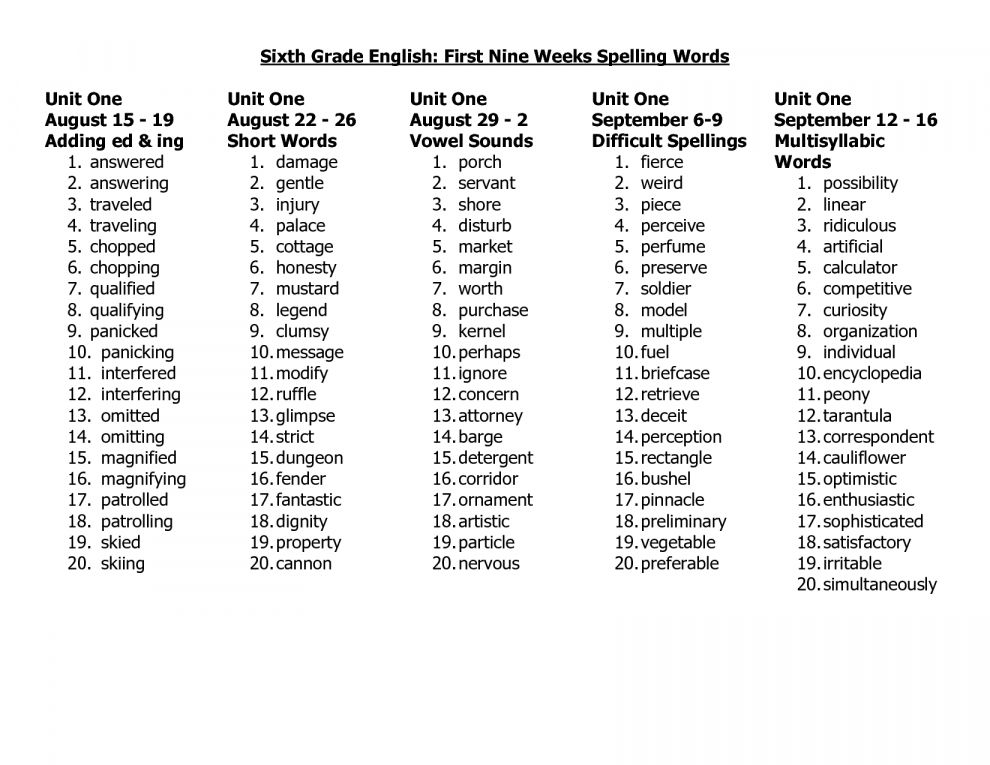 This activity can be done using alphabet soup, Alphabits cereal, homemade pancakes or even homemade cookies!
This activity can be done using alphabet soup, Alphabits cereal, homemade pancakes or even homemade cookies!
Jumping Jack Spell Aloud:
Help your child practice spelling words while doing jumping jacks. Find a rhythm and spell the same word 5 times before moving on. Antsy kids will love releasing some energy while completing their work.
Paint with Water:
Use a paintbrush and water to write your spelling words on construction paper. Work quickly before your work dries up.
Clap and Spell:
Clap along with your little one while they shout out the letters to their spelling words. Sinple and you eon’t need a single item. You can do this one anywhere: the bathtub, car or on your walk to the library!
Magazine Letter Find:
Cut out letters from old magazines and arrange them neatly on your paper. If you want, you can glue them to the paper or reuse the letters time and time again.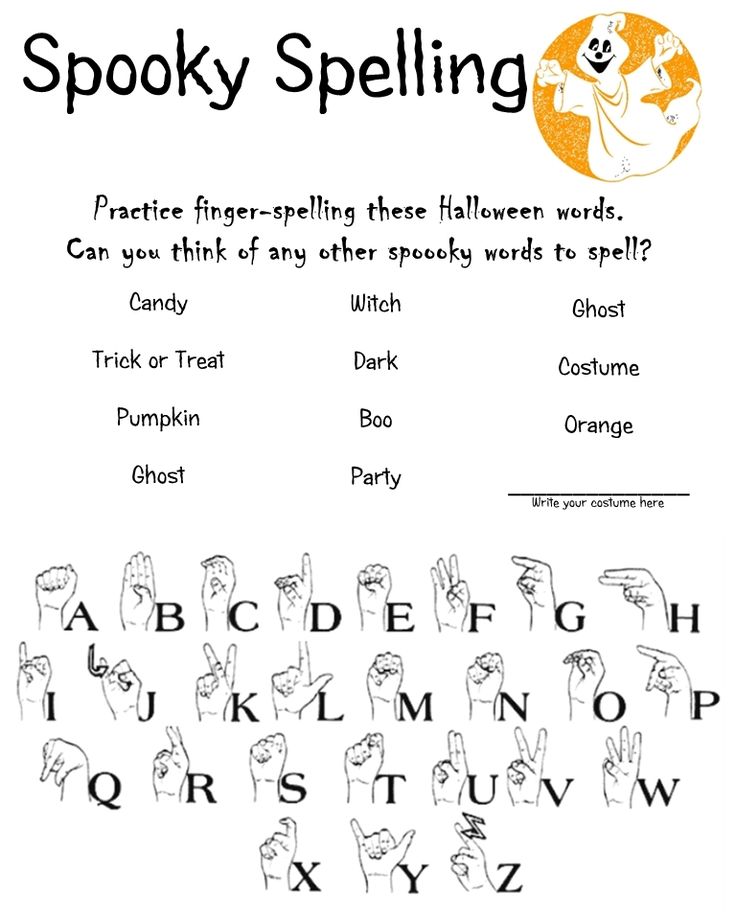
Looking for a fun way to drill that one pesky word into your child’s mind? Allow them to carve the letters into a bar of soap, using sculpting tools. They’ll have to think about each letter, which helps engrave the spelling into their mind. Save some money by grabbing the small bars of soap from hotels and saving them for this activity.
Hangman:
Encourage the whole family to join in on a game of Hangman. Mix in previous spelling words to make it even more challenging.
Text Spelling Words:
Kids love feeling like a grown-up. Hand over your phone and allow them to text their spelling words. You can either delete their work or send it to Grandma. Either way, it’s sure to be a hit!
Do-Dot Spellers:
Use Do-Dot Markers to dab your words onto construction paper. Don’t have Do-Dot Makers? No problem! Bingo daubers work just as well.
Fingerpaint:
Allow your kiddos to practice their spelling words with cheap finger paint. Any reason to get messy makes kids smile! Instead of using construction paper, take the kids outside and let them paint a huge piece of cardboard!
Water Paint:
Use a paint brush and a bucket of water to paint on the side of your house. The kids will LOVE it and it’ll dry mess-free.
Letter Stomp:
Write the letters on pieces of paper and dump them on the floor. Spread them out so you can see each letter then have the kids race to see who can stomp on each letter of their spelling words the fastest. (For added fun, use a stopwatch and let them beat their own time.)
Slap-Jack Spelling:
Make your own deck of cards with your previous spelling words written on them. Pick 2 or 3 words and have the kids SLAP them, as soon as they get flipped over.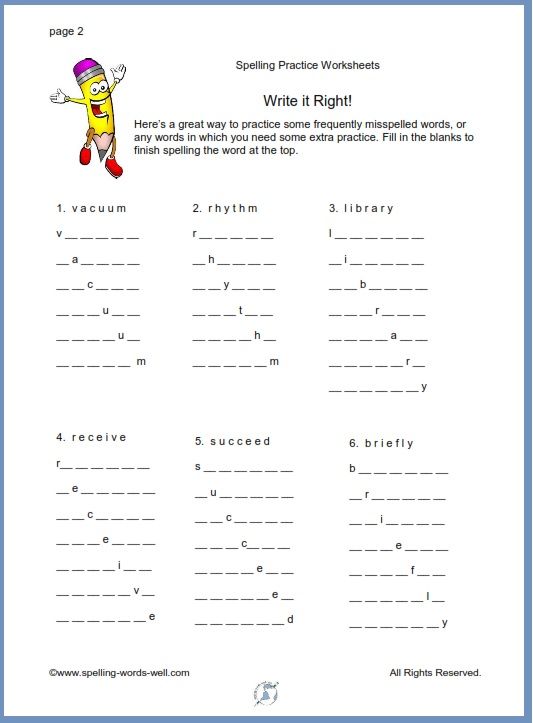 This fun take on Slap-Jack will help the kids spot their spelling words quickly.
This fun take on Slap-Jack will help the kids spot their spelling words quickly.
Hot Potato Spelling:
Sit in a circle and pass a potato. Before you can pass the potato, you have to give the next letter of your word. Spell as many words from your list before time runs out.
Blind Spelling:
Close your eyes and try to write your words without your sight. Another fun idea is to use the opposite hand that you usually write with and see how funny your words look.
With these 45 hands-on ideas to practice spelling words, you can throw your boring ways out the window and enjoy some fun, all while mastering your spelling lists.
10 Hands-on Activities to Help Practice Spelling at Home
For some kids, spelling comes naturally. For others, spelling is an extremely difficult task that is avoided at all costs.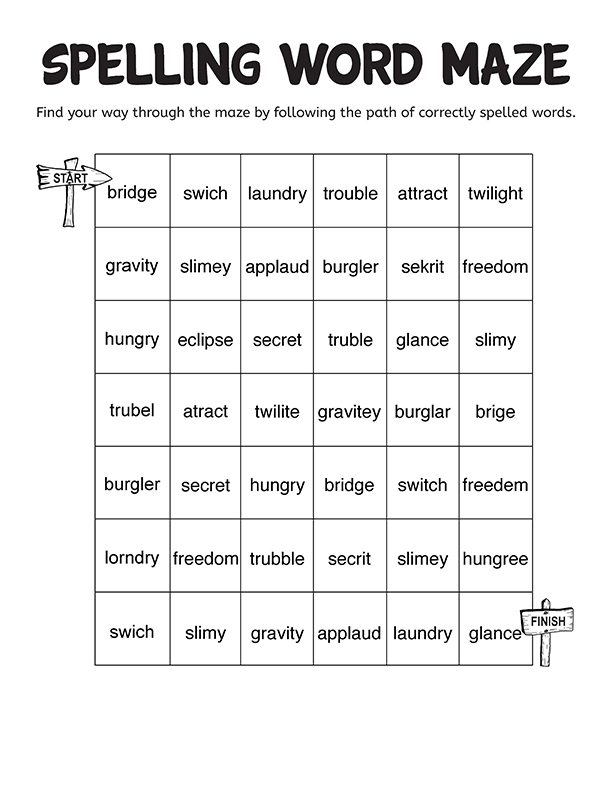 It doesn’t have to be that way. These 10 simple activities to practice spelling at home will help your child become a better speller in addition to building their confidence!
It doesn’t have to be that way. These 10 simple activities to practice spelling at home will help your child become a better speller in addition to building their confidence!
*Guest post by Sarah from Stay at Home Educator
10 Activities for Spelling Practice at Home
Remember the days when you were a kid and you would have a spelling list to memorize each week? Maybe you practiced those words by spelling them out loud to a parent, or maybe you wrote each word ten times.
That’s how we used to practice spelling, but those days are gone. Educators are now using more systematic and authentic methods of spelling practice, and parents are looking for better ways to help their child with spelling at home. You still probably get a spelling list to practice each week, but rote memorization is never effective.
Here are ten simple, yet truly awesome activities, for doing spelling practice at home:- Spelling Memory – Write two sets of spelling words on small index cards and play a game of memory.
 When a card is turned over, read the word, spell it, and read it again.
When a card is turned over, read the word, spell it, and read it again. - Spelling Swat – Using the same set of flashcards from the activity above. Lay out one set on the table or floor so the words can be seen. Use the other set as a draw pile. Draw a card. Read the word, spell it, then find the matching word on the table. Slap the matching word on the table. Read the word, spell it, then read it again.
- Wordo – This is an old game that is played just like Bingo, but with full words instead of letters and numbers. Again, if the word is on the Wordo card, read it, spell it, and read it again.
- Rainbow Writing – Spell each word multiple times using a different color of the rainbow each time.
- Around the Room Spelling Hunt – Using the two sets of flashcards from the first activity, place one set of spelling flashcards around the room and keep the other set for a draw pile. Draw a spelling flashcard, read it, and spell it. Read it again, then search for the matching word in the room.
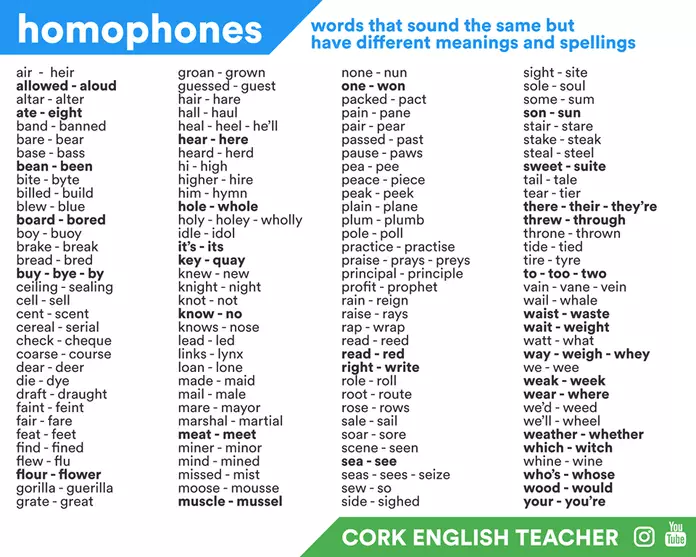
- Stamp It Out – Rather than writing out spelling words multiple times, use alphabet stamps instead. (Or letter manipulatives work well, too.) The key here is to practice one word several times in a row.
- Spell by Syllables – For longer words, practice spelling by spelling by syllables. For example, the word elephant would be broken down into el-e-phant, spelling just one syllable at a time.
- Spelling Word Sorts – This is an excellent activity for spelling lists where all the words focus on a single spelling sound, but different spellings. Sort the words according to how that focus sound is spelled. For example, if the sound is long a spelled -eigh and -ai, then the words sleigh and weight would be put into a different group from snail and aim.
- Word Scramble – This is an oldie, but still an effective way to practice spelling. Use letter manipulatives to spell a word from the spelling list, copying it if need be. Then, scramble the letters up and try to re-spell the word without looking at the spelling list for help.
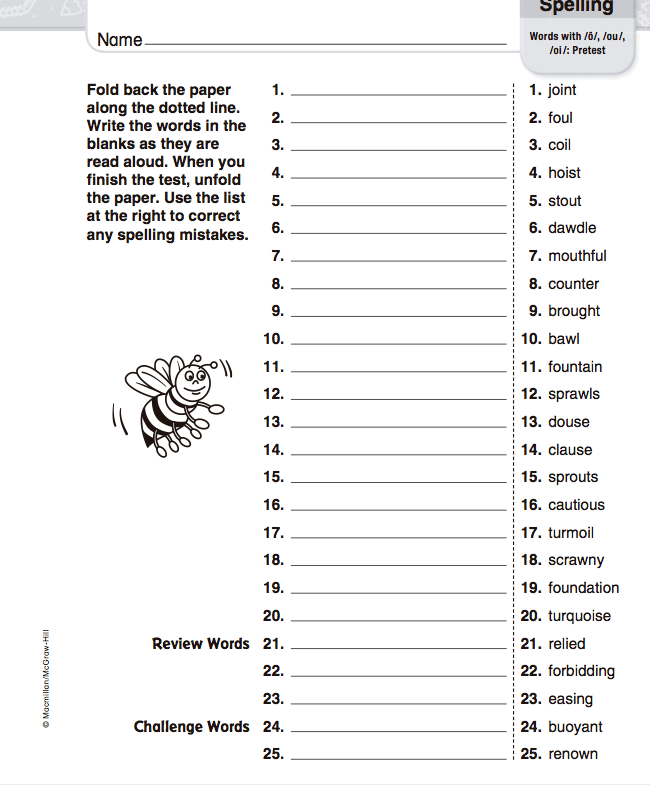
- Sensory Words – Use a sensory material to write out spelling words. Shaving cream, salt, play dough, and cookie sprinkles are all super fun.
Additional Tips for Spelling Practice at Home
Of course, spelling practice should always be supervised. This will ensure that your child is getting the most out of an activity as well as practicing the word correctly! Set aside some time every evening to do a quick spelling practice. Even if it’s just ten minutes.
If your child is overwhelmed by the number of words to practice, then break the list into chunks and practice only a few at a time. And always keep some easier words to mix with the difficult words. You don’t want your child to feel defeated and lose confidence by making the list too difficult during spelling practice.
Want unlimited access to even MORE teacher support, activities, and resources?Then be sure you request your invite so that you can be the first to hear when the doors open again for our Print and Play Club!
With instant access to hundreds of printables by topic and skill (no more scouring the internet!), every TKC resource, a digital games vault, “Super” Sunday Surprises, and much more – your planning time just got easier.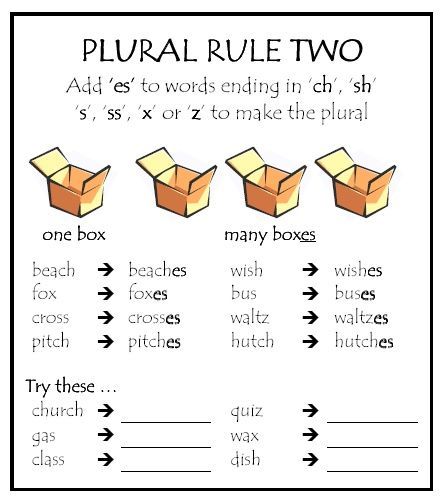
- Author
- Recent Posts
Sarah
Sarah is an educator turned stay at home mother of four. She has taught a wide range of levels, from preschool to college. She blogs at Stay At Home Educator, a website dedicated to providing creative activities and tools for teaching in early childhood. She loves Krav Maga, mountain biking, and cooking. See more over on Stay at Home Educator.
Latest posts by Sarah (see all)
About Sarah
Sarah is an educator turned stay at home mother of four. She has taught a wide range of levels, from preschool to college. She blogs at Stay At Home Educator, a website dedicated to providing creative activities and tools for teaching in early childhood. She loves Krav Maga, mountain biking, and cooking. See more over on Stay at Home Educator.
Reader Interactions
7 effective ways to memorize words in English
When learning a foreign language, it is very important to constantly replenish your vocabulary - to learn new and new words.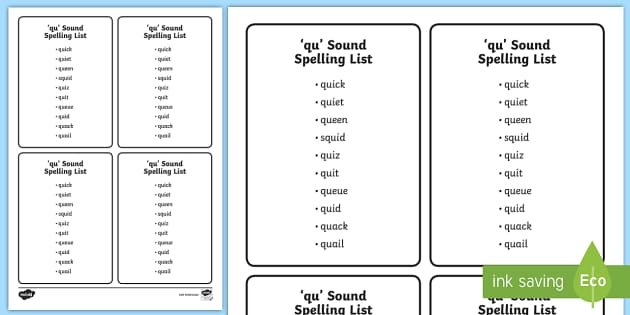 However, not everyone succeeds in doing this. We offer eleven tips to help you memorize new words in English more effectively.
However, not everyone succeeds in doing this. We offer eleven tips to help you memorize new words in English more effectively.
You can start with a video from Tanya Starikova in which she shares how she manages to learn English words:
Memorize words in context
Language is a tool people use to express themselves. Therefore, each word is valuable not in itself, but in the context.
Don't learn English words in a vacuum. If you come across an unfamiliar word and decide to remember it, write down the context in which it was used. For example, the English word ajar (ajar) is easier to learn as part of the phrase "the windows were ajar" ("windows were ajar") than separately.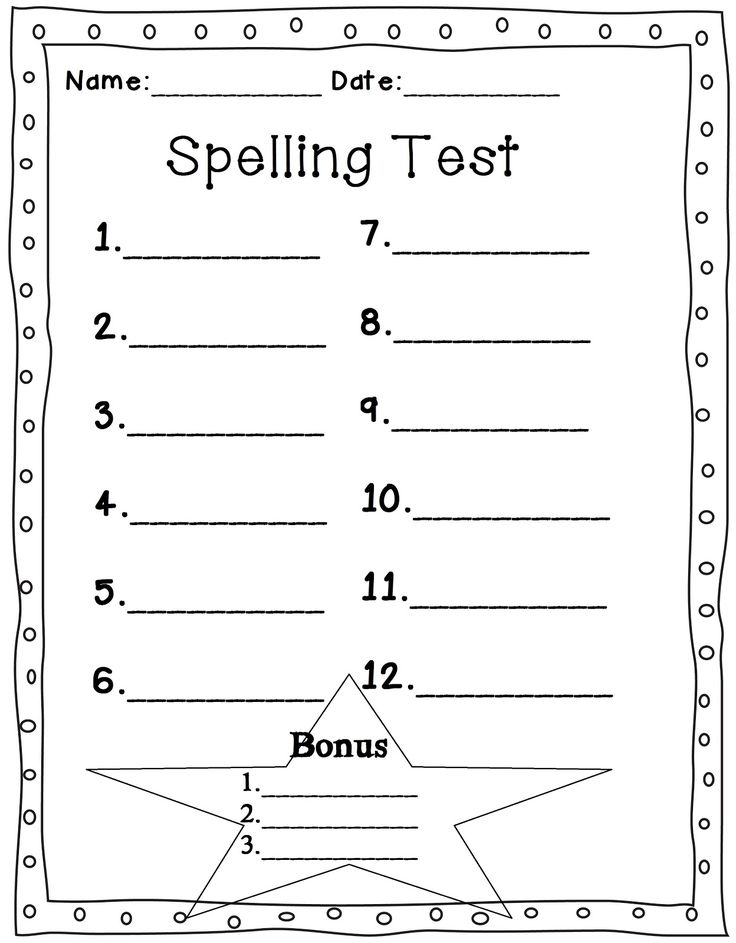
You can find ready-made examples of the use of the English word you are interested in in online services such as Reverso, PlayPhrase or Yandex.Translate. Also, practice making sentences with new words on your own. For example, you need to remember the verb to prefer (prefer). Make up some examples that will reveal the meaning of this verb.
| Would you prefer wine or beer? | Do you prefer wine or beer? |
| I prefer to be called by my first name. | I prefer to be called by my first name. |
| My grandmother prefers detectives to any other TV shows. | My grandmother prefers detectives to any other series. |
Demo lesson for free and without registration!
Take a lesson, learn about the school and get a promotional code for English classes
Use pictures
Draw small pictures to remember the meaning of an English word. It’s not scary if you can’t draw: our brain receives so much monotonous information that a strange picture is a kind of surprise, and we always remember surprises.
If you don't feel like drawing on your own, pick up a ready-made illustration for a new word in Google. It is better if the image is bright, strange or funny - this way it will be remembered more reliably.
You can collect word + image pairs in electronic form, but it is better in the form of paper cards. To test yourself, look at the side with the picture and try to remember what English word it stands for.
Look up synonyms and antonyms
If you already have a basic vocabulary, practice finding synonyms and antonyms for new English words.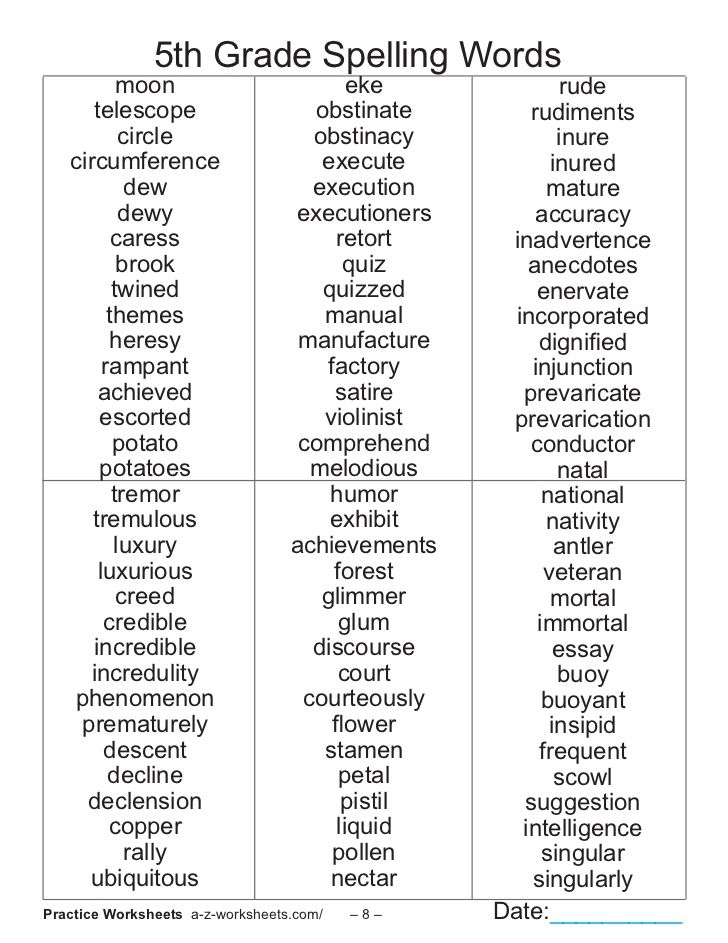 This will not only help them learn, but also come in handy in communication: if you do forget a word, you can easily find a replacement for it.
This will not only help them learn, but also come in handy in communication: if you do forget a word, you can easily find a replacement for it.
For example, you need to learn the word irreverent (irreverent, disrespectful), and you already know the word with the same meaning disrespectful . It remains to pick up antonyms: "respectful" - "respectful" and "polite" - "polite". In conjunction with synonyms and antonyms, a new English word will be easier to remember.
Memorize single-root words
Let's take the English root -respect- , which we have already considered in the previous example. Noun respect means respect. Now let's look in the dictionary for other words formed from the same root:
| respectful | respectful |
| to respect | respect |
| respectable | solid, respectable |
| disrespect | disrespect |
| in respect of | vs. |
Thus, instead of one word, you learned several at once, and their meanings are interconnected, which will help to learn them.
Make up stories
To learn several unrelated words at once, combine them into a story. Memorizing a short story is easier than a bunch of random words because the story has a plot and can be recreated in the imagination.
Let's fantasize and make up a story with five random English words:
| pond | pond |
| coat | coat |
| loaf | loaf |
| to approach | approach |
| fireplace | fireplace |
From these words we got the following story:
| A boy walked to the pond . | A boy came up to the pond. He was wearing a gray coat and hat. The boy was carrying a loaf of bread. He was going to feed the ducks. But when he approached the pond, he did not see a single duck there. “It’s cold today,” the boy thought, “the ducks are probably at home, warming their paws by the fireplace. |
It's not scary if the story comes out strange or even absurd, because the unusual is remembered better.
Make associative networks
Our brain takes what we read and transforms it into images, ideas and feelings, and then forms connections between new information and what we already know. This is how memorization happens - the new unites with the old. When you connect a new English word with something you already know, it's easier for your brain to find it and remember it at the right moment.
Draw a network of concepts. Take what you want to remember (word, idea, sentence) and write it in the center of the paper. Then draw lines from it in all directions, like a web.
At the end of each line, write down any English words or pictures that come to mind when you think of the word in the center. It doesn't matter what the associations are, just write down whatever you come up with.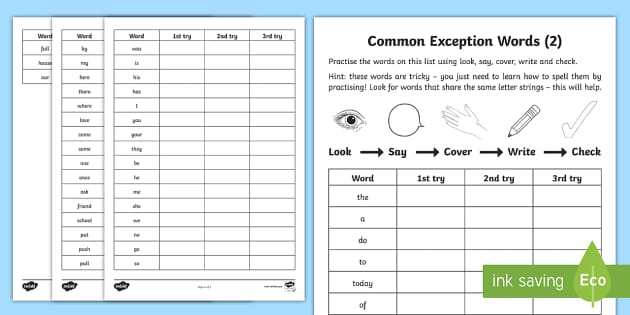
It will only take a couple of minutes, and now all the words or concepts will be interconnected in your brain. If you see or hear one of them, it will be easier for you to remember the others.
Use mnemonic tricks
Sometimes remembering a new English word doesn't work, and none of the above methods helps. Then mnemonics will come to the rescue - a way of remembering through associations.
Let's say you have trouble learning the English word " eagle " ("eagle"). You can use a mnemonic hint with a consonant Russian word: "Eagle's claws are ten needles ".
To memorize word tire (tire), you can mentally associate it with the consonant English word tired (tired): “Dad is tired, he’s been pumping up the tires”
You shouldn't get carried away with this method, but it helps a lot to learn tricky words that you can't remember otherwise.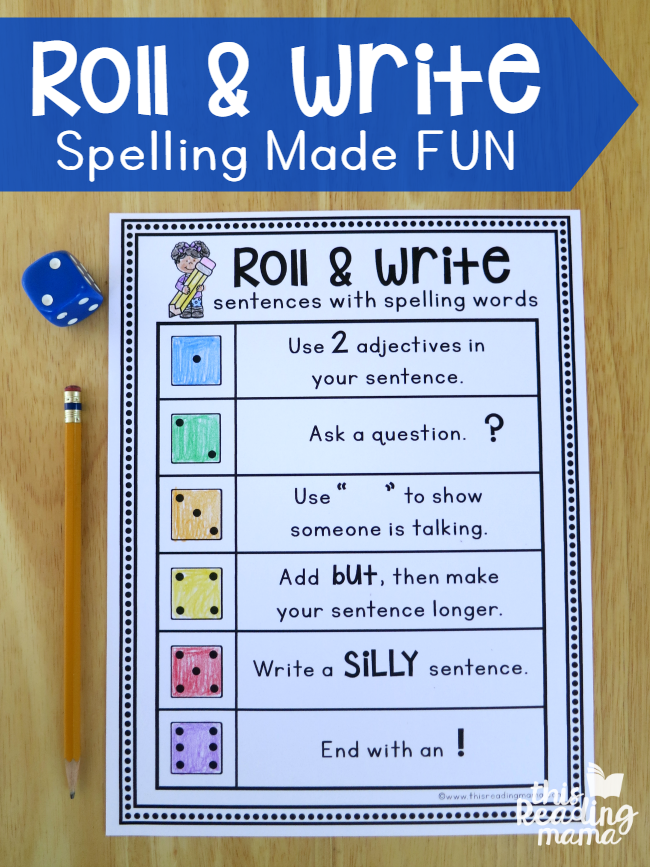
Parse word by composition
Before looking up the translation of an English word in the dictionary, try to parse it by composition and determine the meaning yourself. For example, you came across the verb to mistreat . You don't know what it means, but you know the verb to treat - "treat, treat." It remains to find out the meaning of the prefix mis- . You may have encountered it in words such as to misbehave (behave badly) or to misunderstand (misunderstand). So the prefix mis- means something bad or wrong. Indeed, the verb to mistreat is translated from English into Russian as "to mistreat".
If you make a list of common prefixes ( un-, dis-, re-, de- etc.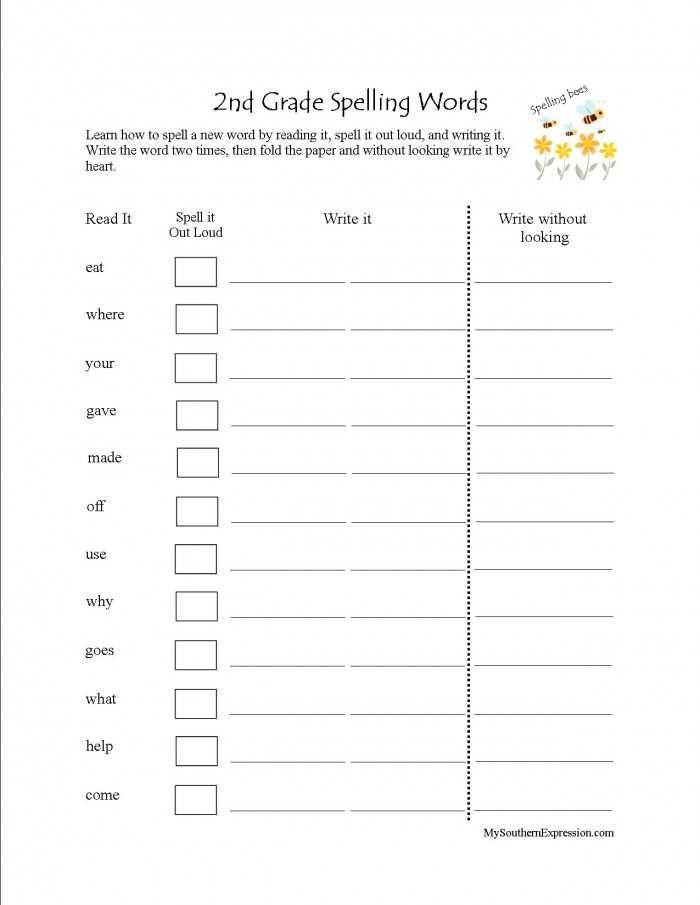 ) and suffixes ( -able, -ly, -ent, -tion, -ive etc. etc.) and remember what they mean, it will be easier for you to guess the meaning of new words for you in English.
) and suffixes ( -able, -ly, -ent, -tion, -ive etc. etc.) and remember what they mean, it will be easier for you to guess the meaning of new words for you in English.
Look for something interesting in a boring one
It happens that some topic is very difficult to come by, because you personally are not interested in it. For example, you are studying the topic “Cars”, but you don’t drive a car yourself, and this area is completely alien to you. And it is not clear why to learn words that you are not going to use in life. To stir up interest in a boring topic, connect it to something that is more interesting or useful to you personally.
For example, car images and metaphors are often found in the songs of foreign artists - you can easily find lyrics in English with the words steering wheel ("steering wheel"), highway (highway, highway) or lane (strip).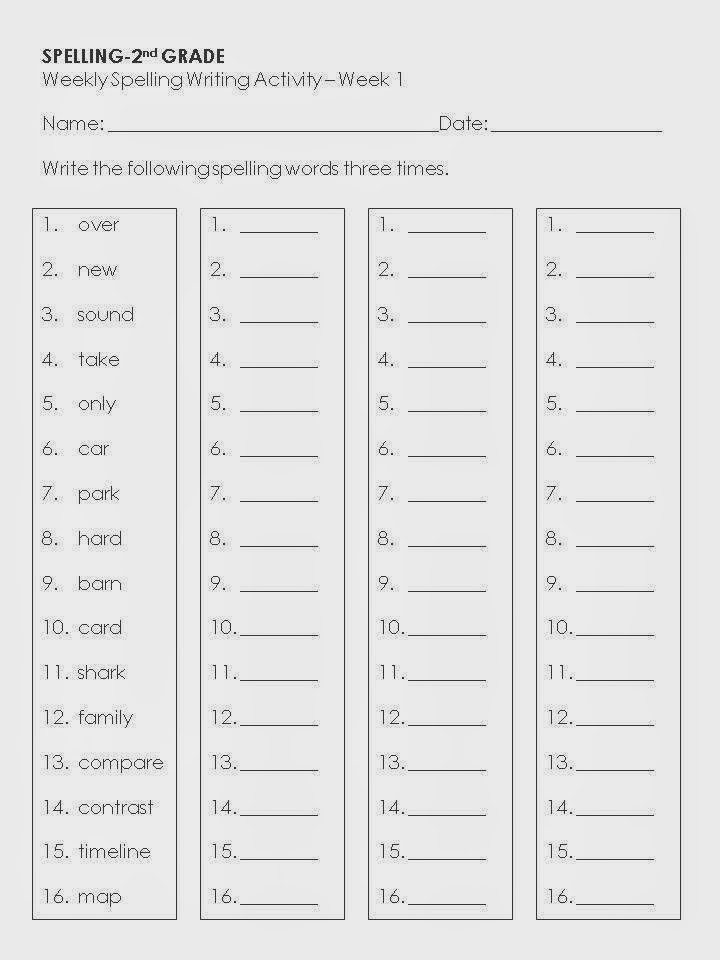
Or look for English idioms that use the words you want. Here are some automotive-themed ones:
- Stay in your lane. Mind your own business (literally: stay in your lane).
- Down the road. - In the future (literally: further down the road).
- U-Turn. - A sharp change of opinion (literally: a reversal).
- To put the brakes on. - Slow down (literally: slow down).
These idioms will come in handy in conversational speech, even if you never intend to drive. And now boring words will have more figurative associations that will help them learn.
Refresh knowledge periodically
Probably, this happened to you at school: you learned a dozen new English words, did your homework, wrote a dictation… And after a month everyone forgot.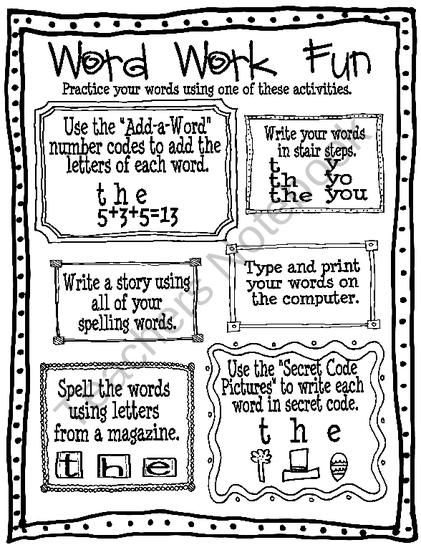 This happens because new vocabulary needs to be periodically repeated and refreshed in memory. There is even a recommended schedule for repeating English words, compiled on the basis of the works of the German psychologist Hermann Ebbinghaus:
This happens because new vocabulary needs to be periodically repeated and refreshed in memory. There is even a recommended schedule for repeating English words, compiled on the basis of the works of the German psychologist Hermann Ebbinghaus:
- Use a new word as soon as you learn it;
- Use the word again after 20-30 minutes;
- Repeat word every other day;
- Return to a new word after 2–3 weeks;
- Repeat the word in 2–3 months;
- Fix the word after 2–3 years.
It is on this method of memorization that the application for learning new English words Aword is based. In order not to think about how many weeks and months have passed since meeting a new word, install the application and it will monitor the repetition schedule for you. By the way, Aword also uses other techniques for memorizing words listed in this article: images with associations and mnemonic phrases.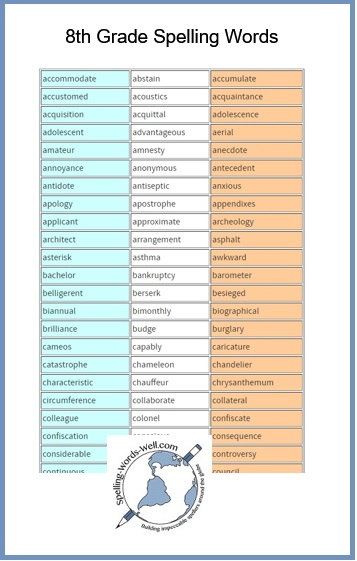
Make sure that the word is useful to you
Knowledge that we do not use is sooner or later forgotten, as happened with poems and theorems that we learned at school. Therefore, do not waste time memorizing rare, little-used words. This is especially important for those who are just starting to learn English. Before you draw flashcards and add a word to the spaced repetition list, make sure you need to know it at all.
There is a list of 3000 words, which is enough to understand most of the texts written in English. Of course, during your studies you will still learn much more, but at first you should check the list so that you don’t spend time memorizing rare English words and forget about the most important ones. For convenience, such words are marked with a special icon in the Aword application.
Read more about the golden list of English words and how to use it in your studies in our magazine.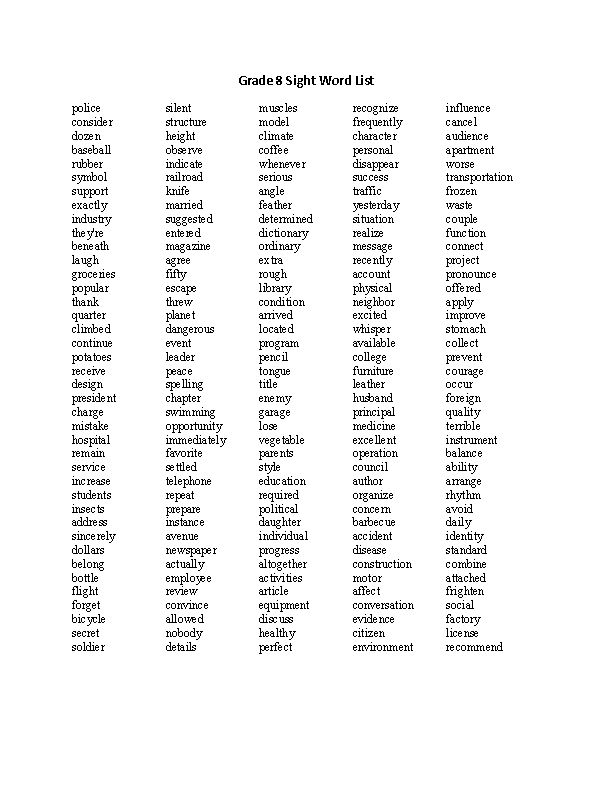
Let's summarize
We have analyzed 11 ways to effectively memorize new English words - it remains only to put them into practice and choose the ones that suit you.
- Learn not individual words, but phrases and sentences with them.
- Draw association pictures for new words.
- Choose synonyms and antonyms for the word you want to remember.
- Instead of one English word, learn several cognates at once.
- Write short stories with new words.
- Make associative cards with English vocabulary.
- Use mnemonic technique: consonant Russian or English words.
- Parse words by composition and memorize the meanings of popular English prefixes and suffixes.
- Link new words to things that interest you personally, such as useful idioms or English song lyrics.

- Periodically repeat the words you have already learned so as not to forget them.
- Do not fill your head with rare words, especially if you are just starting to learn English.
Check if you know the words on the topic
Read on:
An effective technique for memorizing English words
10 tips on how to learn English better
6 useful tips on how to learn English grammar
Seven Effective Ways to Improve Your Spelling and Learn to Write Without MistakesNovember 17, 2020
How many wonderful careers did not work out, how many opportunities were missed due to elementary illiteracy! Do you think a serious investor will accept an "interesting offer" about joint activities? And what will happen to an employee who approved outdoor advertising with an obvious mistake that the whole city is now discussing? Will the girl agree to go on a date? If you feel that spelling is not your forte, we offer several ways to tighten it up.
If you don't have time to sit over textbooks, you can upgrade your knowledge with the help of an online program. As the saying goes, in war all means are good.
Take the course
1. Read quality literature
We write correctly not because we remember the rules every time, but because we have seen most words hundreds of times and remember their spelling. Therefore, reading fiction has always been considered the best way to "pump" spelling skills. During this process, visual memory develops, that is, the brain simply remembers what a particular word looks like and will not let you make a mistake, even if you do not remember the spelling rules. But you need to read high-quality books, and not correspondence in a messenger or forums and it is not clear whose texts are on the Internet - that's where you run the risk of stuffing your head with all the mistakes that are in the Russian language. It is desirable to read from early childhood. This method is also good because it not only improves literacy, but also enriches vocabulary.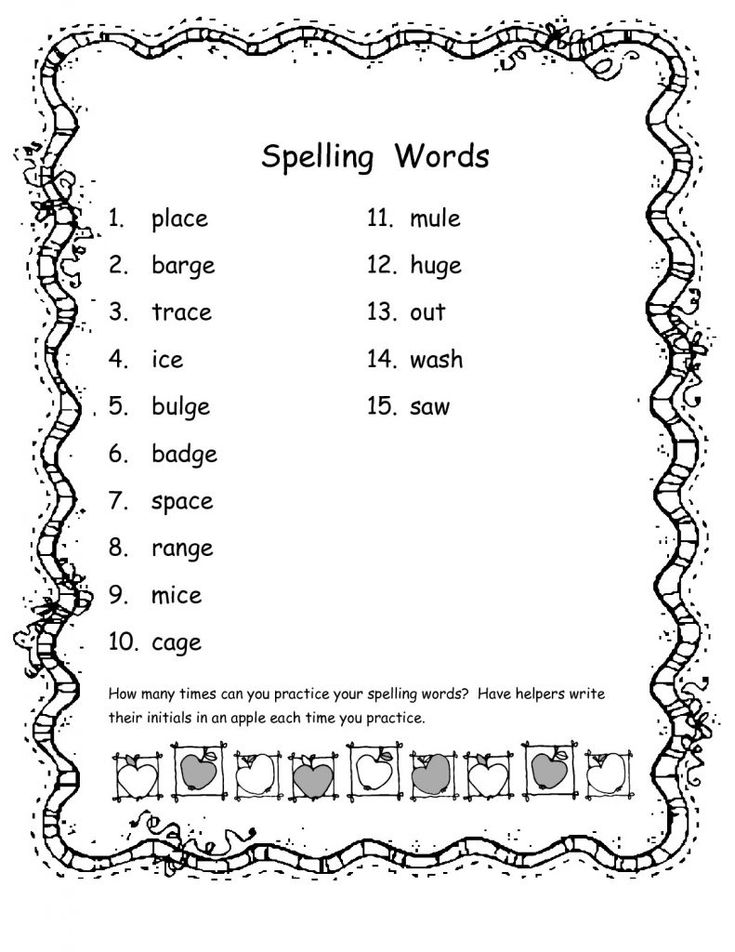
2. Rewrite texts
You can't learn to skate without going out on the ice. In the same way, reading is not enough for literate writing. Make it a rule to dedicate 15-20 minutes a day to copying texts from fiction or non-fiction books. It is better to write with a pen - this is how not only visual, but also mechanical memory will work. Usually two or three months of classes is enough to bring the spelling up to a decent level.
3. Write dictations
Writing from dictation develops phonemic awareness and teaches you to identify erroneous places. Stumbled, so you need to check. In the age of total computerization, this can be done in a matter of seconds, the main thing is to develop a spelling flair in yourself, and dictations just contribute to this. After the dictation, do a full analysis of your mistakes, and you will see that with each new text there will be less and less of them.
4. Repeat the rules
No, you don't need to memorize them.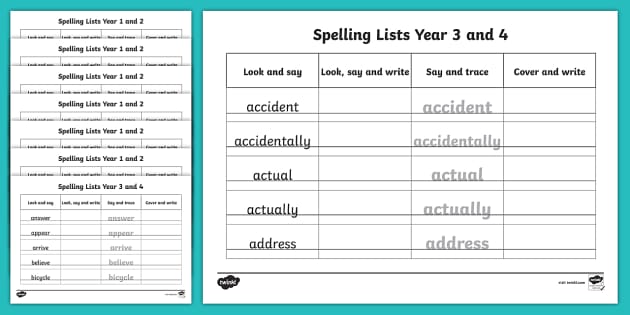 You are still not in school. It is enough to read the rule carefully, understand it, analyze it with examples and practice a little in writing words with this spelling. Ideally, you need to repeat one new rule every day, but taking into account employment at work, at home, you can limit yourself to 2-3 classes per week. Set aside a few days for complex or voluminous rules to consolidate what you have learned. You can study according to school textbooks or use special books where the material is summarized and systematized. For example, Dietmar Rosenthal's textbook "Russian language" or the manual of the same author "Please write correctly!".
You are still not in school. It is enough to read the rule carefully, understand it, analyze it with examples and practice a little in writing words with this spelling. Ideally, you need to repeat one new rule every day, but taking into account employment at work, at home, you can limit yourself to 2-3 classes per week. Set aside a few days for complex or voluminous rules to consolidate what you have learned. You can study according to school textbooks or use special books where the material is summarized and systematized. For example, Dietmar Rosenthal's textbook "Russian language" or the manual of the same author "Please write correctly!".
5. Watch video lessons and lectures
If you perceive visual information better, video lessons and popular science lectures on the Russian language, of which there are a great many on the Internet, will be a good help. You can find lessons on a specific spelling, for example, about "tsya" and "tsya", doubled "nn" in participles, continuous and separate spelling of different parts of speech.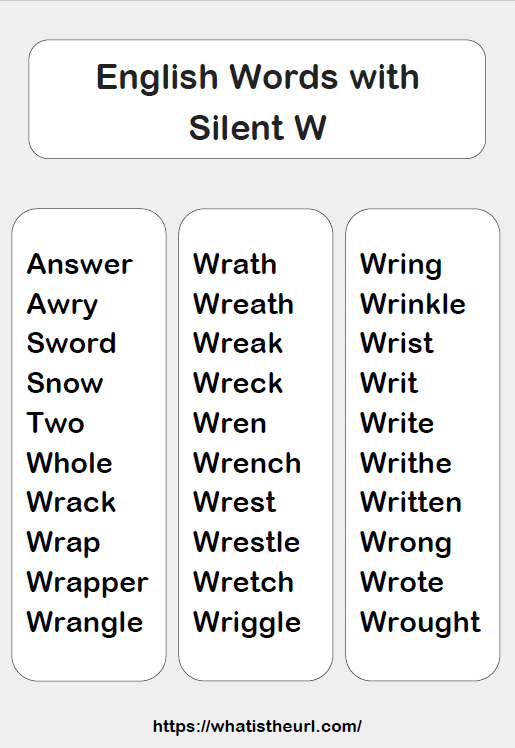 For those who want to improve not only literacy, but also stylistics, we recommend listening to lectures by well-known popularizers of the Russian language Irina Levontina, Anna Wall, Marina Koroleva. It will be not only informative, but also very interesting.
For those who want to improve not only literacy, but also stylistics, we recommend listening to lectures by well-known popularizers of the Russian language Irina Levontina, Anna Wall, Marina Koroleva. It will be not only informative, but also very interesting.
6. Re-read and edit
Are you used to writing “thx”, “thank you”, “I’m sorry” in messengers? If you want to increase literacy, it is better to refuse this method of communication, because your brain gets confused and at the wrong moment can slip an erroneous option. Write literate messages and, before pressing Enter, reread them, correct errors. If in doubt about the spelling of a word, google it, if you don’t know where to put a comma, break this piece of text into separate sentences. This skill is especially important when writing business letters. It won’t take long to skim through the text again, and your reputation will not suffer.
7. Study with a tutor or online courses
In any business, the system is important. If you feel that regular self-education is not for you, study with a tutor. This method is especially effective when the gaps in spelling are too large or they need to be eliminated in a short time. A personal teacher will build an individual training program, help you quickly and accurately deal with the main problems. At the same time, it will be that external stimulus that will not let you go the distance. Note that classes with a tutor are not cheap. If you can’t afford them, instead of a real teacher, you can use the services of a virtual one on one of the specialized Internet platforms.
If you feel that regular self-education is not for you, study with a tutor. This method is especially effective when the gaps in spelling are too large or they need to be eliminated in a short time. A personal teacher will build an individual training program, help you quickly and accurately deal with the main problems. At the same time, it will be that external stimulus that will not let you go the distance. Note that classes with a tutor are not cheap. If you can’t afford them, instead of a real teacher, you can use the services of a virtual one on one of the specialized Internet platforms.
For example, you can take an express program at Smart University online school. If you just need to improve your written language, choose the Spelling for All course, or if you want to plunge into the language environment a little deeper, sign up for the Competent Blogger course. The programs consist of short lessons, videos, testing tests. You can study at Smart University online via a computer or smartphone.

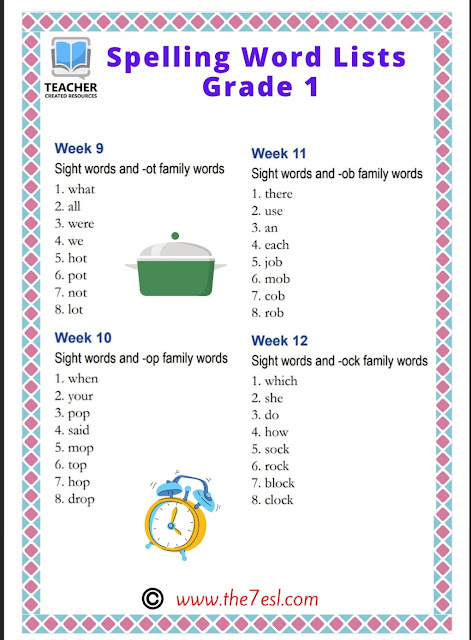
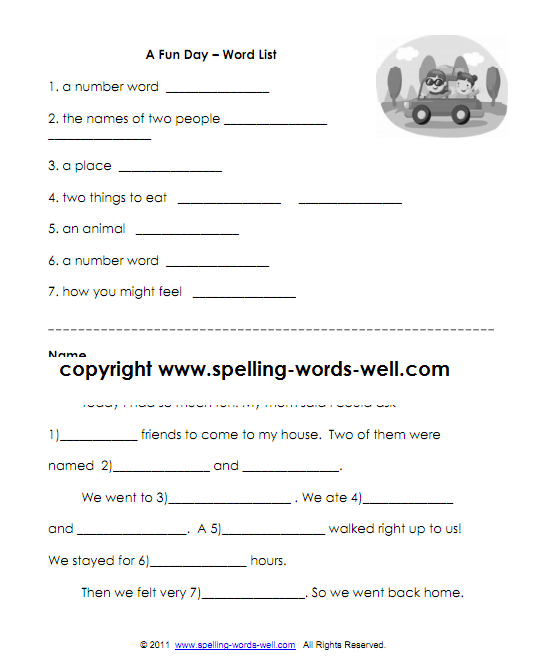
 He was dressed in a gray coat and a hat. The boy was carrying a loaf of bread. He was going to feed the ducks. But as he approached the pond , he saw no ducks there. "It's chilly today", the boy thought, "the ducks must be at home, warming their feet at the fireplace ".
He was dressed in a gray coat and a hat. The boy was carrying a loaf of bread. He was going to feed the ducks. But as he approached the pond , he saw no ducks there. "It's chilly today", the boy thought, "the ducks must be at home, warming their feet at the fireplace ".  ”
” 